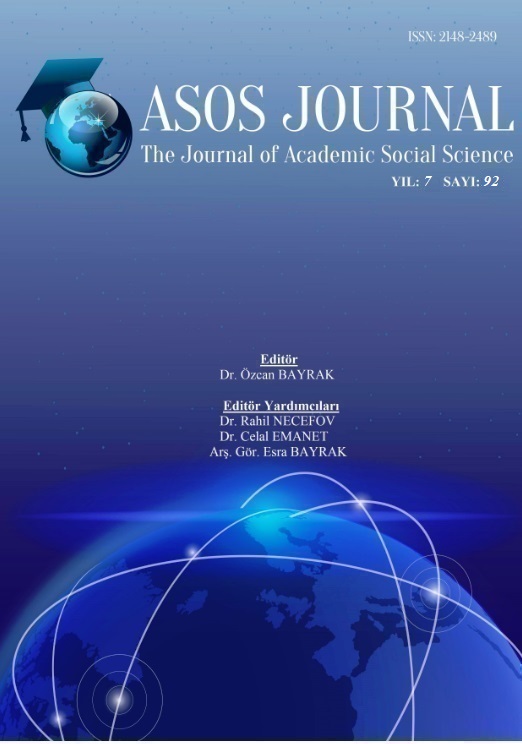Author :
Abstract
Ritim, müziğin en temel unsurudur. Müzik eğitiminin temeli de ritim eğitimine dayandırılmaktadır. Müzik eğitimcileri tarafından, öğrencilerin ritim becerilerini geliştirebilmeleri için özel öğretim yöntemleri geliştirilmiştir. Bu yöntemler; heceleme temelli, sözcüksel veya tümcesel temelli ve sayı temelli öğretim yöntemlerdir. Araştırma, durum tespitine dayalı betimsel bir modele dayandırılmış olup; amacı, müzik öğretmenlerinin ritim öğretim yöntemleri hakkında deneyimlerini, görüşlerini, çalışma stratejilerini ve literatürdeki yöntemler hakkında bilgilerini ortaya koymaktır. Bu amaca yönelik olarak yarı yapılandırılmış görüş alma formu hazırlanmış, form; kapsam ve geçerlik bakımından 10 uzman tarafından incelenmiştir. Tekrar düzenlenen form “Google Forms” aracılığıyla 91 öğretmene uygulanmış ve elde edilen veriler değerlendirilerek yorumlanmıştır. Araştırma sonucunda; en çok bilinen yöntemlerin yerli (Geleneksel, Dümeteke, Gümegüme, Pofuduk Tavşan) yöntemler olduğu anlaşılmıştır. Öğretmenler ise ritim öğretiminin oyun ve dramayla, beden müzikleriyle, ritim çalgılarıyla öğretilmesini önermişlerdir.
Keywords
Abstract
Rhythm is the most fundamental element of music. The foundation of music education is based on rhythm education. Special teaching methods have been developed by music educators in order to enable students to develop their rhythm skills. These methods are spelling-based, number-based and lexical or sentential based teaching methods. The aim of the study, which is based on a descriptive model, is to reveal music teachers’ experiences about rhythm teaching methods, their opinions, study strategies and their knowledge on the methods in the literature. In line with this purpose, semi-structured opinion form was prepared and the form was examined by 10 experts. The revised form was applied to 91 teachers via Google Forms and the data obtained were evaluated and interpreted. Research results show that the most well-known methods are the domestic (Traditional, Dümeteke, Gümegüme, Pofuduk Tavşan) methods. Teachers have suggested that rhythm teaching should be taught by play and drama, body percussion and rhythm instruments.





